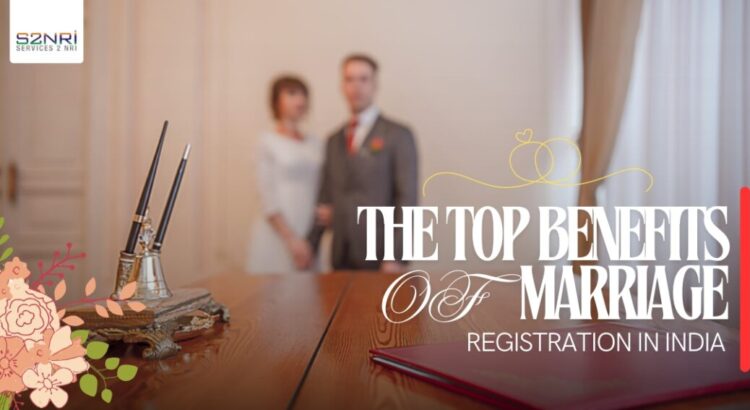The registration of marriages in India is not mandatory for natives. Two marriage acts, the Hindu Marriage Act 1955 and the Special Marriage Act 1954, are practiced here. The former Act allows the registration of marriages within the Hindu community, covering Hindus, Buddhists, Jains, and Sikhs.
Read MoreMonth: May 2024
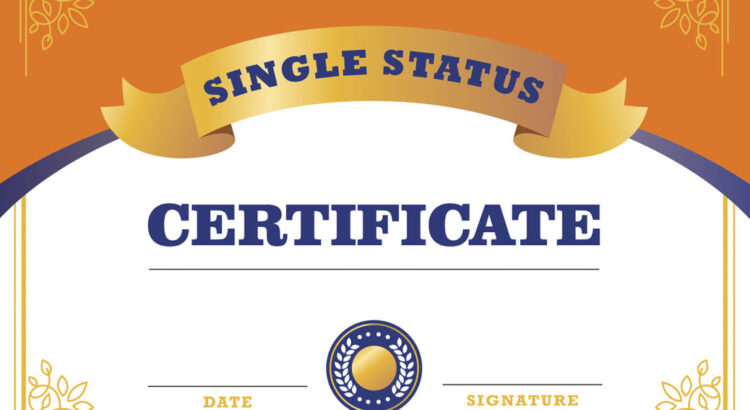
How to Get a Single Status Certificate in India?
The value of a single status certificate makes it necessary for NRIs, non-residents, or anyone else to discover how to get it. In India, people recognize it with the name bachelorhood certificate, whereas in the USA and other countries, it’s called No Objection to Marriage or Certificate of No Impediment to Marriage.
Read More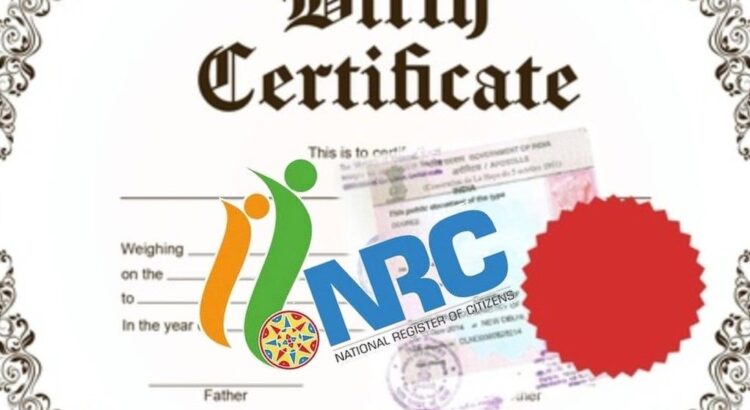
Is Birth Certificate The Only Acceptable Proof for NRC In India?
The NRC is actually an official register that the Government of India maintains. It documents all who are legal citizens of this country. This implementation started in Assam so that all illegal immigrants can be identified nationwide.
In other words, this regime was triggered to identify “who are” and “who are not” the authentic citizens living in this country. This verification and documentation can be a valuable support for the government to determine who the actual recipient of government services and rights are here.
Read More
How Can You Get Degree Certificate from India?
A degree has its own importance, which is presented when a student completes a specific academic degree course at a college or university. This certificate proves that one has achieved a specific score. It is typically required for employment, further studies, and other legal processes. Let’s find out how one can get it in India effortlessly.
Read More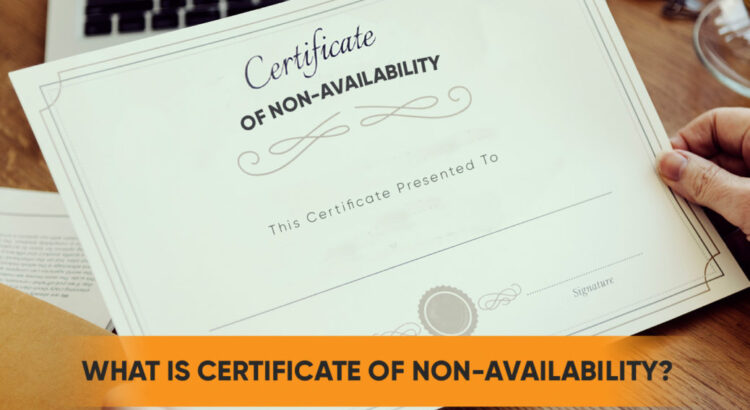
What Is a Certificate of Non-Availability?
The certificate of non-availability is related to the birth. However, a birth certificate is primarily assigned at the time of birth. Certain reasons made it mandatory to issue this document.
It’s evident that a birth certificate is a legal document stating the particulars of an individual’s birth. These particulars are mainly the name, date of birth, place of birth, parental details, mother’s and father’s education, date and maturity of the pregnancy period, etc.
Read More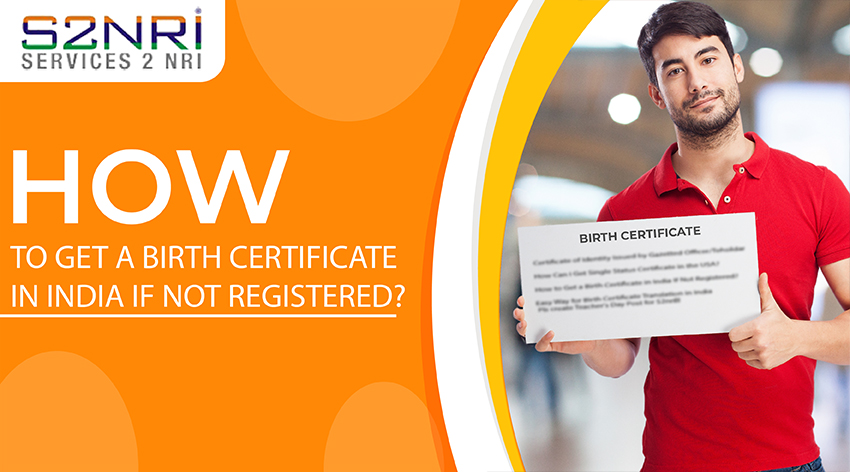
How to Get a Birth Certificate in India if not Registered?
Unregistered birth is when the birth is not formally recorded in the books of the government. Hundreds of NRIs and even citizens are there who don’t have any legal proof of their birth.
India’s Birth and Death Registration Act, 1969, states that registration should be done within 21 days of the event and max to max in a year with a late fee.
If it is applied afterward, this would be the case of the non-availability of a birth certificate, or NABC.
Read More









